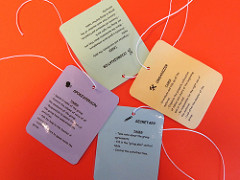
This week in education news, what President Trump’s decision to withdraw from the Paris accord means for teachers; aquariums and zoos stepping up to try and make climate change easier to teach; the Nebraska Dept. of Education wants the public’s input to revise the state science standards; new survey shows room for STEM education improvement; senators call out phony science materials sent to teachers; and exploration is the gateway to magically transforming circle time into toddlers learning science.
Climate Science Meets A Stubborn Obstacle, Students
To Gwen Beatty, a junior at the high school in this proud, struggling, Trump-supporting town, the new science teacher’s lessons on climate change seemed explicitly designed to provoke her. So she provoked him back. Click here to read the article featured in The New York Times.
What Trump’s Decision To Withdraw From The Climate Accord Means For Teachers
President Donald Trump announced that the United States would withdraw from the Paris climate accord, the landmark pact that nearly 200 nations signed two years ago in an effort to curb global warming. When the Paris agreement was forged, that event caused at least some teachers to reconsider how they had been approaching climate change in the classroom. Noah Zeichner, a Seattle social studies teacher, wrote on the Center for Teaching Quality blog that he had previously “felt some pressure … to present the other side. … But facilitating a debate about the causes of climate change was probably the wrong move.” And it seems teachers are already now grappling with how to present the recent overhaul in the federal government’s stance on environmental issues. Click here to read the article featured in Education Week.
Climate Change Is Tough To Teach, So Aquariums And Zoos Are Stepping In
Climate change is one of those topics that can be difficult to teach. It’s complex. The science around it is evolving, and then there’s the contentious political debate over it as evidenced by the fallout this week from President Donald Trump’s decision to pull the U.S. out of the Paris climate agreement. All of that combines to make it a subject some educators feel uncomfortable tackling. The New England Aquarium in Boston has founded a national network to try to make this tough subject easier to teach and to ensure that more members of the public, including students on class visits, get a complete picture of the climate-change problem and what can be done to solve it. Click here to read the article featured in Education Week.
Illinois Years Behind In Scoring State Science Tests; Officials Blame Budget
Three years after Illinois made a bold change in how science would be taught and tested, little is known about how students have performed because neither schools nor families have seen state science exam scores since 2013-14. But the delay in science scores — blamed largely on state budget woes — is unusual and problematic, given that federal law requires states to administer science exams at least three times from grade school through high school and make the results public. Click here to read the article featured in the Chicago Tribune.
Dept. Of Education Wants Public’s Input To Revise Science Standards
The Nebraska Department of Education says proposed science standards are a change in thinking. The department is in the process of updating the standards right now. What’s proposed focuses more on asking students to “think like a scientist” rather than memorize content. Click here to read the article featured on NTV.com
Best State-Level Practices for Teacher Leadership Outlined in Report
How can states meaningfully engage teacher leaders? A new policy brief from Chiefs for Change, a nonprofit organization for district and state education chiefs, outlines a broad framework for what makes an effective, sustainable teacher leadership system. Click here to read the article featured in Education Week TEACHER.
Survey Shows Room For STEM Education Improvement
A recent survey by Lockheed Martin asked middle and high school teachers about their students’ interest in STEM subjects, along with how their schools are preparing students, in an attempt to illustrate country’s potential preparedness to fill STEM workforce needs that could send humans to Mars. The survey found that 25% of educators said their current school curriculum is not adequately preparing students for a STEM career, and only 23% say their school is properly preparing students for the ability to pursue a career in space exploration, while 31% of educators reported that budgeting and resources at their schools were adequate to prep students for STEM careers. Click here to read the article featured in Education DIVE.
Michelle Obama: You Need Women At The Decision Table
Michelle Obama had words of advice and inspiration for several thousand students, developers and entrepreneurs at a private Q-and-A session at the Apple Worldwide Developers Conference in San Jose. In a sit-down interview with Lisa Jackson, Apple’s vice president of environment, policy and social initiatives, Obama touched on diversity in tech, STEM education, innovation and leadership. Click here to read the article featured in USA Today.
In Letter To DeVos, Senators Call Out Phony Science Materials Sent To Teachers Nationwide
Senators Sheldon Whitehouse (D-RI), Brian Schatz (D-HI), Elizabeth Warren (D-MA), and Edward J. Markey (D-MA) wrote to Education Secretary Betsy DeVos today to highlight bogus materials sent by the Heartland Institute, a group with a long record of climate denial, to more than 300,000 public school science teachers across the country. Click here to read the press release.
Through Observation And Play, Toddlers Take On Science
Ashley Barajas watched intently as toddlers stacked foam blocks and examined colorful cylinders. It may look like child’s play, but Barajas, an early education science specialist, knows that exploration is the gateway to magically transforming circle time into toddlers learning science. At a recent playgroup in Oakland, she led the way by example. Click here to read the article featured in EdSource.
STEM Learning – International Best Practice
Queensland science teacher Sarah Chapman is passionate about engaging youngsters in STEM (science, technology, engineering and mathematics) education and has travelled the world gathering evidence of international best practice. It’s a research journey that’s taken her to Singapore, Finland, the United Kingdom, United States and New Zealand, visiting schools, businesses, tertiary institutions, STEM outreach programs, peak bodies and government departments. “The idea was to gain expertise and best practice across the whole STEM ecosystem, not just in schools,” Chapman tells Teacher. Click here to read the article featured in Teacher magazine.
National Science Competition Winners Agree Technology Is Taking Over
Milan Haiman, a 16-year-old high schooler from New York City, says there’s no reason to fear the robot/computer takeover. “Computers are replacing humans,” he says. “Yet computer science opens up new possibilities for everyone.” But Milan says not all jobs will be replaced by technology: The world will need humans to engineer and repair robots in the future. And those humans will need STEM (science, technology, engineering, mathematics) education, he adds. Click here to read the article featured in The Washington Times.
Stay tuned for next week’s top education news stories.
The Communication, Legislative & Public Affairs (CLPA) team strives to keep NSTA members, teachers, science education leaders, and the general public informed about NSTA programs, products, and services and key science education issues and legislation. In the association’s role as the national voice for science education, its CLPA team actively promotes NSTA’s positions on science education issues and communicates key NSTA messages to essential audiences.
The mission of NSTA is to promote excellence and innovation in science teaching and learning for all.
Follow NSTA



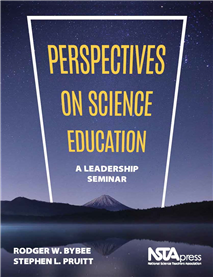




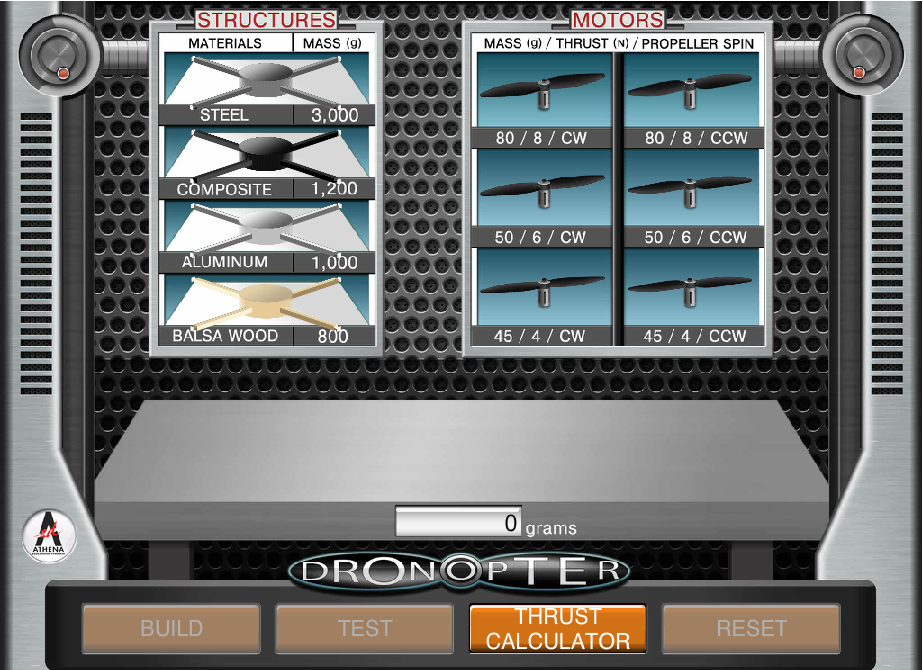
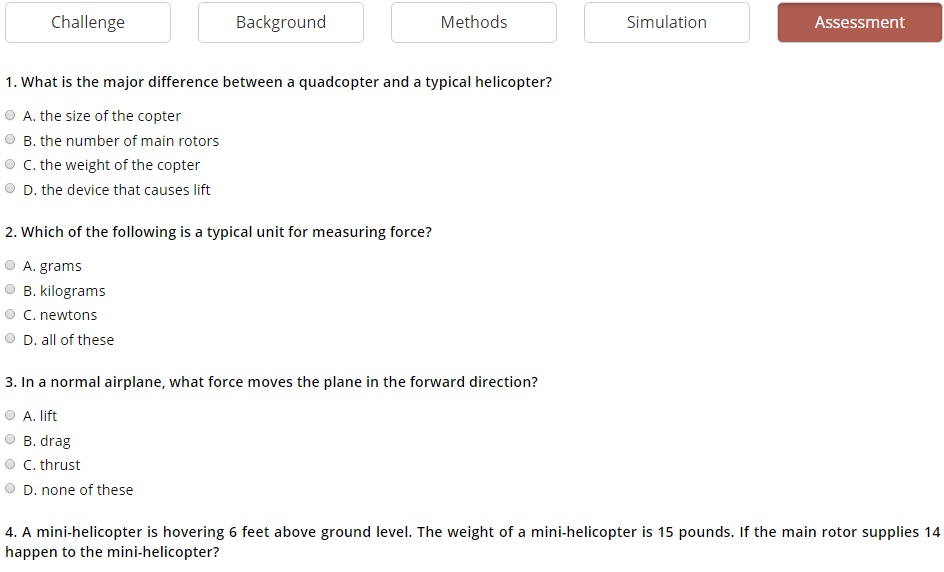


 Quite simply, attending professional meetings gives me a chance to grow. I am THE Science teacher in our little junior high and I do not have in school science colleagues to share with, plan with or learn from. Attending meetings, presenting, serving on the board, gives me a chance to validate that what I am doing is right. I get to share my experiences and hear about how others teach the same topics. I get to compare – class sizes, budgets (or lack of budgets), debate block vs regular schedules or whether or not to have a science fair. I get to help make decisions. I learn about professional development opportunities, grant funding and career options. All this-in a city other than my own that I can also explore through field trips, dining with friends and touring on my own.
Quite simply, attending professional meetings gives me a chance to grow. I am THE Science teacher in our little junior high and I do not have in school science colleagues to share with, plan with or learn from. Attending meetings, presenting, serving on the board, gives me a chance to validate that what I am doing is right. I get to share my experiences and hear about how others teach the same topics. I get to compare – class sizes, budgets (or lack of budgets), debate block vs regular schedules or whether or not to have a science fair. I get to help make decisions. I learn about professional development opportunities, grant funding and career options. All this-in a city other than my own that I can also explore through field trips, dining with friends and touring on my own.

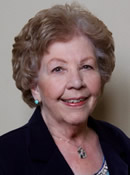 Mary Gromko is the retiring president of the National Science Teachers Association (NSTA). She began serving her one-year term on June 1, 2017. Gromko is currently a retired science educator in Colorado Springs, Colorado.
Mary Gromko is the retiring president of the National Science Teachers Association (NSTA). She began serving her one-year term on June 1, 2017. Gromko is currently a retired science educator in Colorado Springs, Colorado.